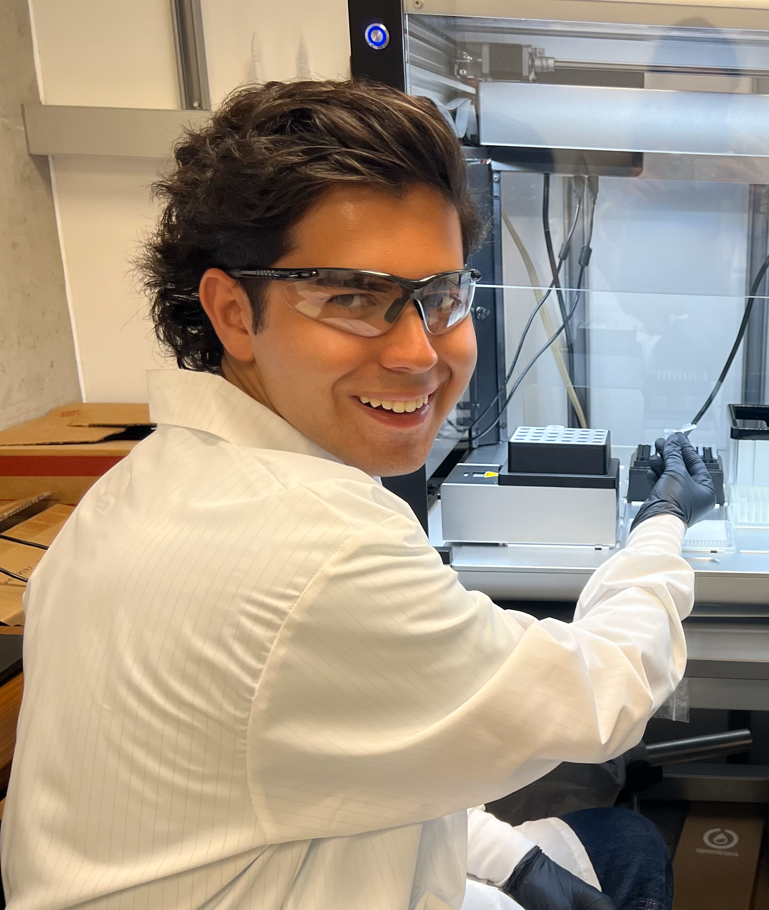
Next-generation sequencing (NGS) is a pivotal technology in genomics research, capable of sequencing millions of DNA fragments simultaneously. An important step in NGS is the bead cleanup process, where nucleic acids are purified by washing them with ethanol while they are bound to magnetic beads. Traditional manual bead cleanup methods are time-consuming and can introduce variability in DNA sample output. To address these challenges, we utilized the OT-2 liquid-handling robot from Opentrons to automate this process. The OT-2, equipped with pipetting arms and customizable protocols via Python scripts, accommodates various labware and modules within its 11 slots. We developed and tested custom Python scripts for each step of the bead cleanup process before combining them into a single protocol. We needed a magnetic stand and tube racks with different measurements than the one’s provided by Opentrons, so we 3D printed our own magnetic stand and tube rack to fit into the slots. We discovered that the robot excels at basic pipetting tasks and can be easily integrated to fit custom labware and protocols. Although the time saved by the robot compared to manual bead cleanup is not substantial, much of the bead cleanup process can be performed autonomously by the robot. The DNA sequencing data received from the robot showed less variability than data obtained manually, highlighting the robot’s efficiency in saving time and delivering accurate results. This protocol can significantly benefit researchers in the lab by reducing the time spent on bead cleanups, allowing them to dedicate more time to research.